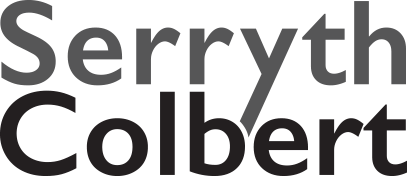Cheek Bone Surgery / Augmentation
Flat cheek- bones can be built out by inserting implants over the cheek bones usually through cuts that are made inside the mouth where the cheek joins the upper gum. Again it is important that your facial surgeon is trained and experienced in assessing your face as to whether cheek bone augmentation is indeed the best option, rather than surgical movements of the cheek bones / upper jaw / both jaws to gain the best facial balance.
If your informed choice is implants, those which Mr Colbert prefers to use are purpose-made and shaped from either silicone or medical polyethylene and have been widely used in craniofacial surgery for many years. For most patients, pre-shaped, sterile packaged variable sized implants are well-suited and can be adjusted to fit well to the individual patient’s bone. They may be retained in place with titanium screws or long lasting sutures (stitches).
Sometimes it is necessary to use a bone graft in augmentation cases, which may be taken from the back of your lower jaw within the mouth. In some cases it is necessary to use the crest of the hip as a donor site for the bone graft and this may leave a noticeable scar. Commercial particulate bone material is an alternative in some cases an can spare the need for a bone graft harvest site.
Chin and cheekbone operations can usually be done at the same time as other facial cosmetic surgery, such as a face lift (rhytidoplasty) or an operation to reshape the nose (rhinoplasty).
Extremely professional and reassuring. Fantastic experience.
Chin Reshaping
When we talk of ‘normal’ facial appearance, we imply that there is a ‘normal’ balance to the features of the face – particularly the nose, chin and cheek bones. If one of these features is out of proportion with the others, a face can look out unusual especially to someone who is aesthetically sensitive. It is understandable that a person can feel self-conscious if a feature of his or her face is out of proportion; either too large or too small. The information here on ‘genioplasty’ deals with chins which either jut out too much or are too recessive and cheek-bones which are too flat. For other patients, the problem is a dislike of the angle of the jaw at the back on each side – this can be reduced (genioplasty). For example, is a common component of females looking to ‘soften’ the jawline and, less commonly, male to female transgender surgery.
I just wanted to send you a quick note to say THANK YOU for all your fantastic work. Serryth truly is amazing.
Horizontal changes
A jutting chin can be reduced by removing some of the chin-bone (a horizontal reduction genioplasty) / sliding the chin backwards (sliding genioplasty); a recessive chin can be built out either by sliding the chin forwards (sliding genioplasty) or by inserting an implant on the bone (alloplastic implant genioplasty augmentation).
Vertical changes
A small chin can be augmented by moving some of the chin bone downwards and inserting a bone graft to stabilise the position (an augmentaiton genioplasty with autogenous bone graft) or by inserting an implant – which can be a standard shape or may have to be custom made for this purpose (custom alloplastic chin implant augmentation). A tall chin can be reduced by removing some of the chin bone – usually by way of a wedge resection (a vertical reduction genioplasty).
Combined changes
A customised combination of the above procedures is often necessary given the 3 dimensional requirements for the individual case. Each of these operations is carried out through a cut made inside the mouth in the groove between the lower lip and the gum. Although, if an implant is used, the surgeon may advise that the cut is made in the natural crease underneath the chin – this position minimises any visible scarring.
Get in touch
To arrange a consultation please contact Serryth Colbert on 01225 838869
